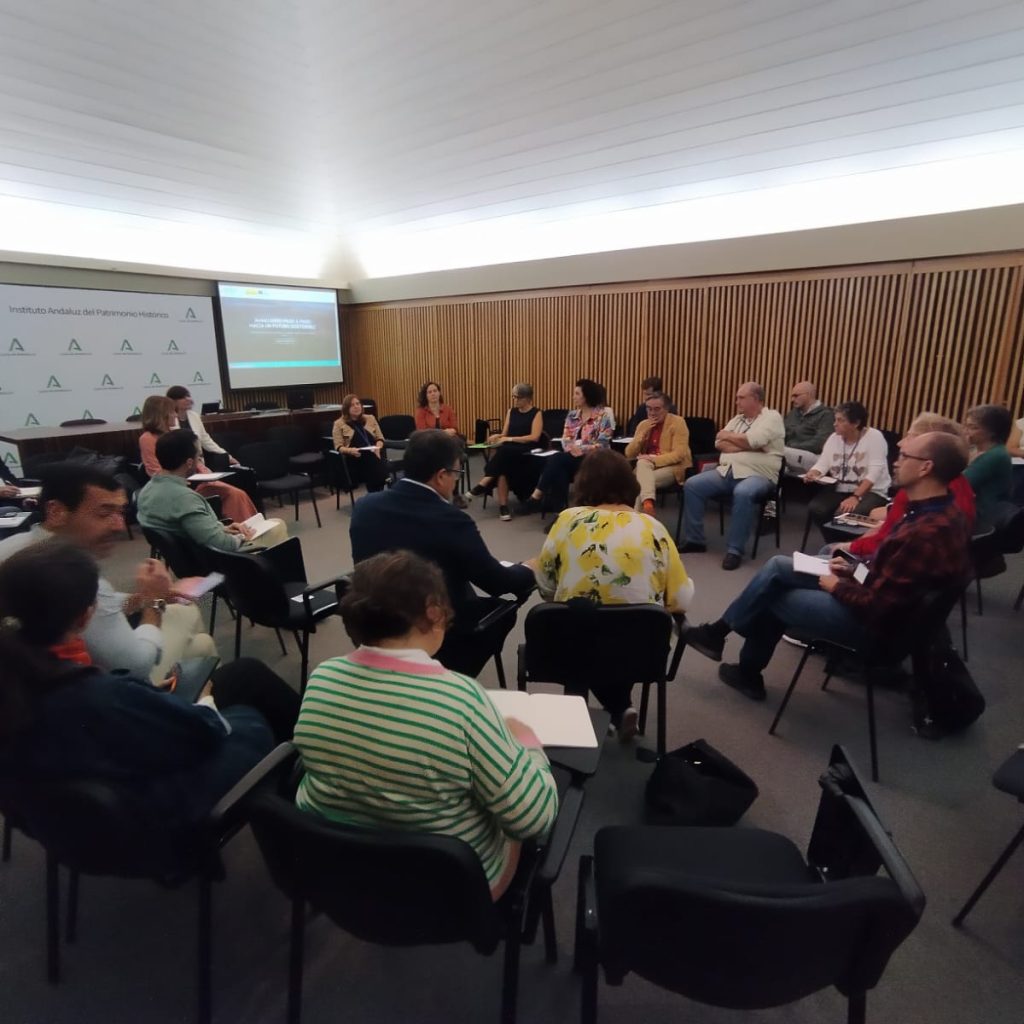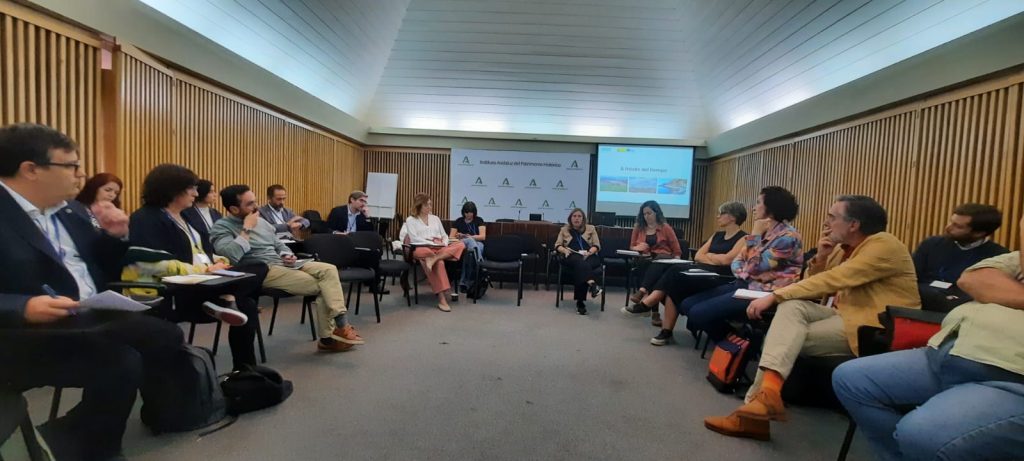Table 1. Conversations was developed as the first activity of the “Seminar on Energy Transition in the Iberian Peninsula”. In this space, the members of the team intervened to present the preliminary result, discoveries and advances of the research. In addition, a place was provided for the interchange of ideas with those attending the seminar.
In view of articulating research with the transition process we are currently witnessing, under the new energy policy roadmap adopted since 2015 by the European Union in the Paris Agreement, the STEP project sets out its triple hypothesis:
- The viability of the energy transition is conditioned by a correct territorial insertion.
- Collective action can overcome energy exclusion and influence the structural conditions of this transition.
- The success of distributed energy in the Iberian Peninsula will result from the co-participation of citizen groups, cooperatives and electric companies.
As shown, the research seeks to analyze the current situation in the Peninsula in order to generate a proposal for territorial planning mediated by social innovation and territorial innovation based on validated methodological instruments with a marked interdisciplinary character. The approach of the research infers in territorial insertion (mechanisms, processes and impacts), collective action (social organization), and distributed energy from co-participation (intervention of multiple actors).
Based on this perspective, the following topics were addressed for the discursive performance of each intervention:
- the comparison between the current situation in Spain and Portugal regarding the implementation of projects based on the generation of energy from renewable sources;
- the potential environmental and landscape impacts caused by the promotion of macro projects using renewable energies (wind and photovoltaic);
- the methodologies used in the project to approach the different cases reviewed;
- the expectation of installed power according to national planning versus cost-effectiveness and sustainability;ç
- the move towards decentralized production models for climate change mitigation;
- the creation of Energy Communities in the regulations and their application in the experiences studied;
- the implementation of the gender perspective in the creation and operation of an Energy Community;

Therefore, the contributions shared by the speakers were focused on reviewing each of the points proposed and including their perspectives.
The following is a synthesis of the discourse during the team’s activity to explore all the issues addressed and responded to in the space; not without first mentioning that the interventions contributed more and very varied elements to the reflection on the transition, but that for the present synthesis we will focus on the discursive line previously exposed.
Regarding the implementation of macro power generation projects, Dr. Ana Delicado explains the “… rapid and intense development of renewable energies…” which naturally follow the European and national directives for these years (remember the objectives towards 2030 and 2050), but she adds, from her critical point of view, the condition of business and governmental interests focused on capital investment in this transition.
In this framework, questions should be raised to discern the purpose of promoting these projects with the objectives of decarbonization and mitigation of the climate crisis expected until 2050, or a mere form of substitution of centralized energy models based on non-renewable resources that reproduce the same logic of electricity generation unsustainable neither with the environment or with the economy of the populations. The consideration presented by Dr. Delicado needs to focus on the impacts generated by macro projects, especially at the social level, for example in the organizational and productive spheres of local populations.
To extend the notion of impacts of macro projects, Dr. Mariángeles Barral Muñoz’s observations review the environmental assessment processes and their methodologies from a visual and landscape perspective. The construction of infrastructure, be it a solar panel plant or a wind turbine installation, apart from all the benefits in terms of efficiency for energy production through the so-called clean energies, will have a territorial impact due to the occupation of space.
And, although the current regulations for Environmental Assessment (ordinary or simplified) allow the development of these projects, once the environmental regulations are complied with -which implies procedures for mitigation of identified impacts-, there are more considerations on the assessment than the simple “binary relation” on whether it is visible or not from a surrounding area. Therefore, the need to implement new evaluation mechanisms is relevant to obtain a real diagnosis of the impacts on the landscape.
On the other hand, Dr. Ramón García Marín also reflected on the impacts generated by occupation and land use in the implementation of macro projects. Although they are built on specific types of land by regulation, the occurrence of conflicts in which the local population presents a magnified discontent because there are direct impacts on their productive activities, such as agriculture or irrigation. In other cases, the impacts are direct from the use of large portions of land, land cost speculation, disarticulation of traditional productive activities, among other considerations. In the face of this land use, some Autonomous Communities decree restrictions in their legal-territorial planning, mainly by not allowing the approval of these projects from the environmental assessment. However, in most communities these criteria are not taken into account.
Impacts are also present in the socio-economic organization of the populations near the macro projects, and often do not have measures within the impact mitigation plans.
Returning to the discourse on the achievement of the roadmap, an expectation is generated on the fulfillment of objectives and goals in the directives on electric energy contained in planning documents such as the National Integrated Energy and Climate Plan (PNIEC) 2021-2030, which already establishes figures to be met for the installed capacity. More than 200,000 MW are expected to be produced by 2030, with more than 70,000 MW from solar photovoltaics alone.
Along with meeting these objectives, we are witnessing a change in the generation model: from centralized energy to distributed energy. This transition process links local populations as consumers but also as producers. This is how the regulations have regulated the creation of Energy Communities, as Dr. Marta Pallarès Blanch pointed out with the Directive (EU) 2018/2001 of the European Parliament and of the Council of December 11, 2018, whose participation is essential to establish democratic conditions in energy production from the sharing of resources and self-consumption.
The forms of social organization from Citizen Energy Communities (CCE) and Renewable Energy Communities (CER), established by the European Council, add a differentiated link to the energy production chain, no longer in macro projects, but in local facilities for electricity generation, which can be urban or rural.

Dr. Ana Delicado points out that, in spite of the existence of regulatory guidelines to define this specific type of organization, as well as to regulate activities and promote their creation, the challenges they face are bureaucratic, financial, population linkage -among neighbors-, or due to lack of support from the public administration. In order to detail this condition, she presents the case study carried out in RECs in Portugal, where competition with the energy business sector prevails, promoting the creation of these communities but with a profit motive and without citizen participation; something that Dr. García Marín has also mentioned when referring to the territorial impacts. Citizen participation and involvement as actors/managers of the transition is extremely necessary to achieve a fair and inclusive process.
Regarding gender equity in the Energy Communities, which is part of the research project, Dr. Pallarès Blanch advanced that this depends on the social commitment of the members and especially the leader to gender equality, given that there are no formal requirements for participation quotas. Although they are more inclusive environments than traditional organizations, there are still significant barriers for women. Firstly it is a highly masculinized economic sector, given that only 22% of women work in the energy sector, with a slightly higher presence in renewables (32%) according to 2018 IRENA data. STEM jobs in the sector are mostly held by males (72%) (IRENA, 2018). Secondly, a manifest difficulty in reconciling work, family and private life is identified. Given the lack of co-responsibility between sexes in family and home care, women have less time for participation and leadership in energy communities. Third, women who want to participate or lead ECs face sexist attitudes, based on stereotypes that invalidate women in technical environments that are still highly masculinized, especially in rural areas, and that hinder their integration and empowerment in ECs. These barriers limit women’s participation and reinforce gender inequalities in the energy sector.
In overall terms, the reflections shared at the round table positioned the scientific research work being carried out by the STEP team to incorporate the territorial and social spheres where problems are generated into the Energy Transition debate. Above all, the reflection of Dr. Carolina del Valle Ramos (moderator of the round table) points out that “The STEP project has placed value on social innovation and territorial planning as means to continue advancing towards the Energy Transition. The results obtained so far allow us to evaluate the effectiveness of the emerging processes and to design new methodologies for the analysis of both territorial and social impacts”.


